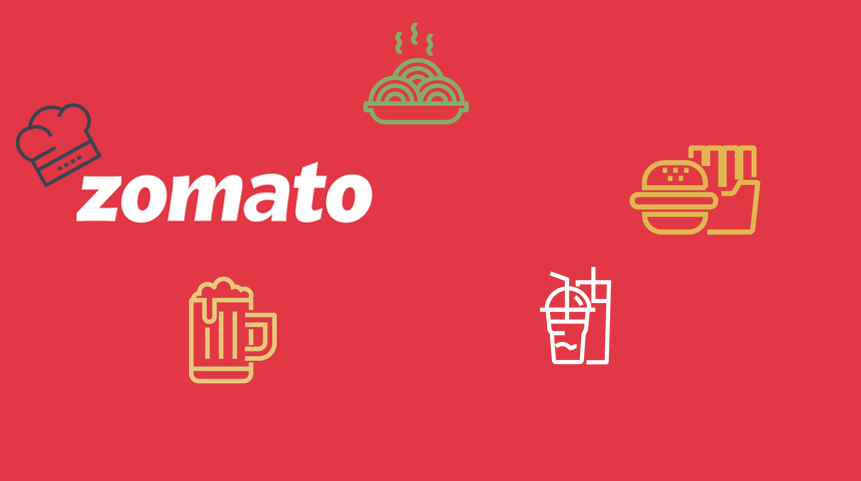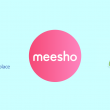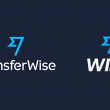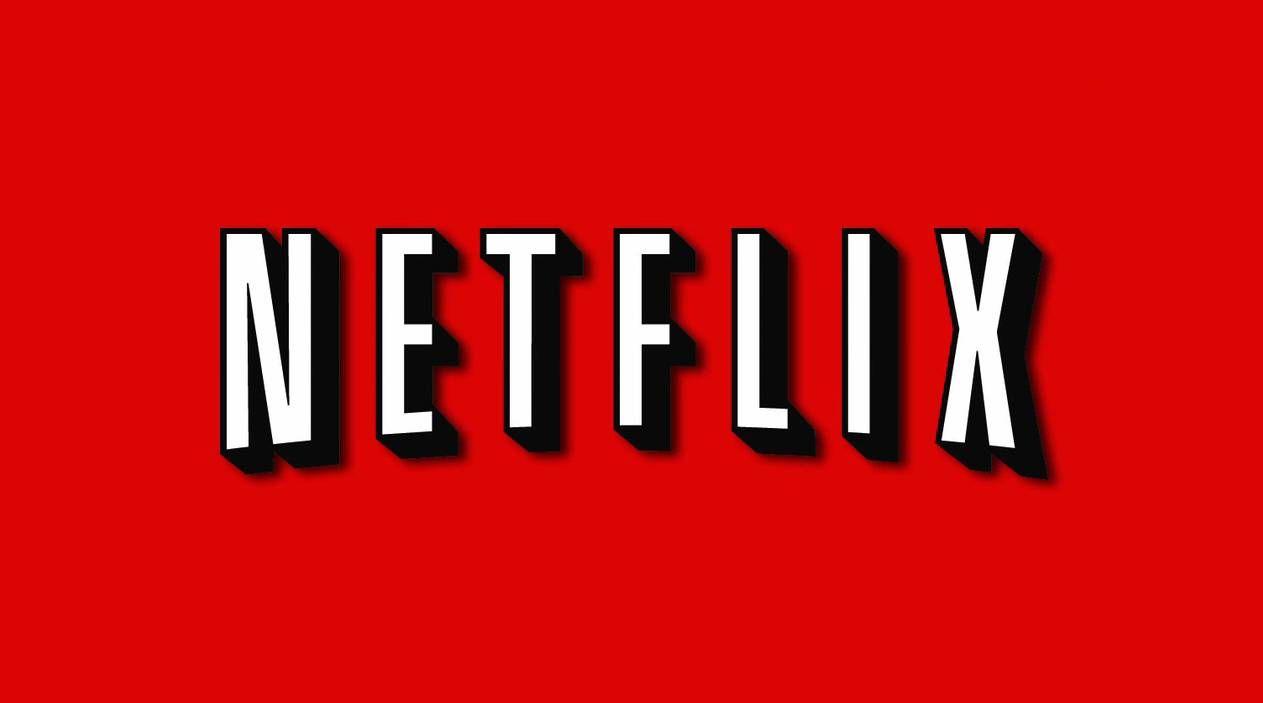Zomato, India’s homegrown foodtech company, is planning to launch its IPO soon. The company has undergone a massive transformation in just over a decade. Zomato has had its fair share of push coming from its competitors. The company amidst its IPO plans; has a steep challenge of remaining relevant in the delivery context. Let us look at the story of Zomato and their possible options.
Initial Years
Deepinder Goyal, working at Bain and Company, had a struggle finding menus of restaurants. Every time he wanted to place an order, there was nothing handy he could refer to. This was in the late 2000s when the combination of the internet and smartphones was relatively new. Deepinder took it upon him and conducted a small experiment to see if people had a similar problem.
Deepinder then clicked photos of menu cards and started sharing them with his colleagues. This was the inception of Foodiebay, launched jointly by Deepinder and Pankaj Chaddah. Foodiebay was eventually renamed to what we now know as Zomato.
Zomato aimed to become the listing page of all the restaurants in India. They ran paid campaigns to onboard restaurants. Zomato went on the become the online restaurant directory. A small ecosystem started to develop around Zomato. Food reviewers (My profile) as a segment started to evolve. These food reviewers would be invited to new restaurants for food tasting and subsequently asked to put reviews on Zomato. The better the ratings of a new restaurant, the better are their chances to get more footfalls. The choice of dining was now based on how a restaurant was rated on Zomato. Zomato was now a popular name, importantly, the only one with a scaled presence across India.
Swiggy delivers
Till 2014, food delivery was an unaddressed problem. Restaurants were managing food delivery via their own staff, which was not scalable. Swiggy took up the challenge to address this problem. Zomato kept focusing on being Yellow pages of the restaurants across the globe, through direct or acquisition modes. Swiggy instantly made the complex problem of food delivery look easy. The likes of Zomato and Foodpanda had to follow. Zomato could have controlled the food space completely; however, it allowed a new entrant to take away its first-mover advantage.
Since then, Swiggy and Zomato have given each other a run for their money. They both tried to be number one; in a more or less two-player race. They both were ready to bleed as much cash as available. Uber eats – a subsidiary of global transport company Uber, remained a distant third in this battle. They eventually sold out their business division to Zomato. Thus making this two-player competition even more intense.
Swiggy v/s Zomato
If you look at business models of food delivery, it is straightforward. A restaurant would upload its menu on these platforms. Prices in the menu uploaded usually are a bit on the higher side compared to your direct delivery by the same restaurant. The customer is charged a small fee while placing the order. This small fee is a payment to the food delivery partner. Whatever is left from this fee is effectively contributing to the profits of Zomato and Swiggy. The more you can charge a customer for food delivery, the higher are your chances of being profitable.
Both Swiggy and Zomato have similar numbers overall in terms of revenue and Daily Average Users (DAU).
- Swiggy clocked revenue of 2515 crores, whereas Zomato was at 2336 crores at the end of FY20.
- In FY21, Zomato clocked 1367 crore in the first 3 quarters, with a net loss of 684 crores. They had positive unit economics, owing to lockdowns.
- For daily orders, Swiggy takes the lead at 1.5 lakh orders. Whereas Zomato is at 1.2 Lakh orders. This showcases a higher stickiness for Swiggy.
- It gets even more interesting when you look at how they both source customers. As per Similarweb data (Zomato, Swiggy) Swiggy can get more users directly onto their platform, whereas Zomato relies more on google search. Effectively Zomato will have higher customer acquisition costs than Swiggy.
- Zomato has the advantage of being present in 500 cities. Whereas Swiggy has concentrated itself to 100 cities. Effectively Zomato is making less revenue per city; Swiggy has relatively concentrated higher revenue from these cities.
Both Zomato and Swiggy have been aggressive on food delivery but realized they cannot compete like this forever.
Diversification
With covid and related restrictions, both these companies found it difficult to operate. Swiggy forayed into Swiggy Genie which, is a pick-up and drop concierge service. This effectively utilized their delivery workforce while providing convenience to end customers. Both Zomato and Swiggy tried to foray into grocery delivery as well. While Zomato plugged out of it, Swiggy made a concentrated effort.
Swiggy launched Swiggy Stores to foray into an Amazon-like marketplace and initiated its pilot program after partnering with more than 3,500 local stores in Gurugram. They onboarded brands like Guardian Pharmacy, Health HK Ark, Apollo Pharmacy, Ferns N Petals, and Liscious. Zomato is focusing on developing an entire ecosystem for foodies in the country. Zomato tried to monetize its existing model by charging restaurants for a premium listing. It also reduced operational costs. But, Swiggy is not the only competition for Zomato. There is more to it for Zomato to tackle.
Challenges for Zomato
Zomato has faced challenges right from restaurant chains to the National restaurant association of India (NRAI) and so on.
Opposition from NRAI
Zomato was earlier making money through advertisements on its platform. It launched a membership scheme called Zomato Gold to monetize its network. By paying an annual fee, the user could avail a free dish at a defined restaurant. This scheme was well received by the customers but not by restaurants. This scheme required restaurants to share losses with Zomato and hence the dispute. Zomato did take corrective action, but those actions made Zomato gold an unattractive scheme for the customer. Zomato relaunched its membership under Zomato Pro. This scheme has had a lukewarm response too. More Importantly, post this episode, Zomato made NRAI a consistent opposer. NRAI is already aggrieved by no data being shared by Zomato and Swiggy on orders placed. They have now decided to launch their own food delivery platform, which could mean stiff competition for Zomato and Swiggy. ().
Restaurant chain Apps
Many hotel and restaurant chain owners have now decided to start their own apps. The reason, control the complete ecosystem and data associated with it. “The math for India’s $50 billion restaurant industry has changed due to the pandemic. It’s time restaurants took control of their own destiny,” argues Thrive founder Karan Chechani. Riyaaz Amlani who runs 57 restaurants has tied up with dabbawallas for food delivery. Brands like Dominos, McDonald’s, Naturals ice cream, Box8, and many such chains already operate their own platform. If these brands move away from Zomato and Swiggy, it could mean a massive loss for these aggregators.
Players like Dunzo are doing a great job too. With Amazon foraying into food delivery, Zomato might have tough times to maintain its leadership and eventually be profitable. With so many challenges, what is in store for Zomato?
Future for Zomato
Zomato has maintained its plan to become a complete end-to-end Food ecosystem. Zomato kitchen is a concept that could fuel the much-required growth. In this model, Zomato works with entrepreneurs to help them set up a kitchen under different labels. Zomato claims it offers returns in the range of INR 2 Lakh to INR 4 Lakh per month to the investors, with 180+ affiliate kitchens already up and running. With cloud kitchen becoming a popular concept, Zomato could use this model to turn profitable. It is critical for Zomato to not let other players steal a share of this market as Swiggy did for Food delivery.
Zomato also recently declared to acquire 10% of Grofers, which is a grocery selling platform. This directly puts Zomato in competition with Swiggy and the likes of Big basket. Though this segment is super crowded, the two companies together can come up with a synergistic plan. Tiger Global, the VC for both the companies, definitely has a long-term strategic plan for this acquisition.
However, with Amazon, Tata Super App, Flipkart, and Jio mart, stiff competition is expected.
Zomato may become a one-stop delivery platform since convenience is becoming the norm. Dunzo may just be a great partner for them. With Infoedge, Sequoia, and Tiger global as the backers, Zomato has deep pockets and strategic minds to compete. With its presence in over 24 countries, Zomato could also become a global brand. They could be like Google is to search; in the food industry.
The need of the hour is can Zomato urgently address the question of how can they sustain themselves in the long run.
Also Read – Amazon forays into food delivery business in India





